Hey! Lets Talk about your project
We’ll contact you within a couple of hours to schedule a meeting to discuss your goals.
Tired of running out of best-selling products? Here’s what you can do
Posted on : 26 May, 2025
Imagine a scenario where a customer visits your store or website to buy one of your popular products and finds it’s out of stock. They leave feeling disappointed. Maybe they will come back or never return. Maybe they will buy from your competitor. Here you lose a sale and a customer.
This happens to many businesses worldwide. The bad news is that stockouts are a common problem and the good news is that they are preventable.
Let us educate you on how inventory management software can solve your problem.
Cost of stockouts
Stockout is an issue that occurs when a business runs out of a product that customers want to buy. This is applicable to both online and offline stores. The unavailability of the item for immediate sale often leads to sale loss and customer dissatisfaction.
Even though stockouts seem like a minor issue, the global impact they create is huge. Let’s see a few examples.
- According to research by IHL Group, retailers lose over $1 trillion annually due to out-of-stock items.
- On average, one in every 12 retail items are out of stock at any given time, with sales lost 43% of the time when customers can’t find what they want.
- Around 55% of Amazon Prime shoppers said they had cancelled purchases due to stockouts and many never returned to that seller.
Do you know why stockouts happen? Most stockouts are caused by preventable issues such as manual tracking errors, poor forecasting and delays in reordering.
Why best-sellers are most vulnerable?
Best-selling products are the most valuable items in your inventory. These are the ones that customers buy often and recommend to others. But their same ‘best-selling’ quality makes them more vulnerable to running out of stock. If you aren’t closely monitoring stock levels, you can go from “in stock” to “out of stock” during a sale or peak season.
One of the main problems is that most businesses still rely on manual inventory tracking methods like spreadsheets, disconnected POS systems, or even hand-written logs. These are outdated methods and won’t be able to catch up with high-volume sales. There are high chances of human error in counting or data entry. By the time you know a best-seller is low or gone, it might be too late.
Running out of popular products can result in disappointed customers. Let us show you three instances where the unavailability of products affected your business.
1. A loyal customer visits your online store to reorder their favourite item and finds it's out of stock.
2. A new customer browses your website, excited to try your most-talked-about product and it’s unavailable.
3. A wholesale client relies on your product to serve their own customers and now their business suffers because of your inventory issue.
In all of these cases, the result is the same. The disappointed customers will most probably switch to your competitors.
How inventory management software solves the problem?
As we discussed the issue, let's see how to solve it. By using custom-built inventory software, you can take care of this issue. Let’s see how they can help.
- Real-time stock visibility: Inventory management software provides you with current stock levels across all products and locations. Stock monitoring helps you know exactly how much each product is available for. This gives you an idea of the faster-selling items. So you can avoid overstocking and understocking.
- Automated reordering: Another feature is automated reordering. You can set a minimum stock threshold (reorder points), and the system will automatically generate purchase orders when inventory goes below those levels. This eliminates human error and guesswork. Stock replenishment happens on time, without delays and allows your team to focus on other important tasks.
- Demand forecasting: This inventory management software can predict future demands using historical sales data, seasonal trends, and AI-driven analytics. This helps you stock up in advance of high-demand periods. With the integration of this software, stockouts during peak times and excess inventory during slow seasons can be avoided.
- Multi-channel visibility: The software contributes to multi-channel visibility by unifying your inventory data across online stores, retail outlets, marketplaces (like Amazon), and warehouses into a single dashboard. The advantage of this unification is that it avoids phantom stock, where one platform says an item is available, but it’s already sold elsewhere. This order fulfilment system helps you deliver orders at the optimal location and maintain good customer experiences across all channels.
- Alerts & notifications: Inventory management software is also capable of sending email or system alerts when certain inventory events like low stock, delayed supplier delivery, or stockout risks occur. This alert & notification feature helps you stay ahead of issues before they become emergency. Additionally, it reduces last-minute rush and confusion and customer complaints.
Features to look for in a great inventory management solution
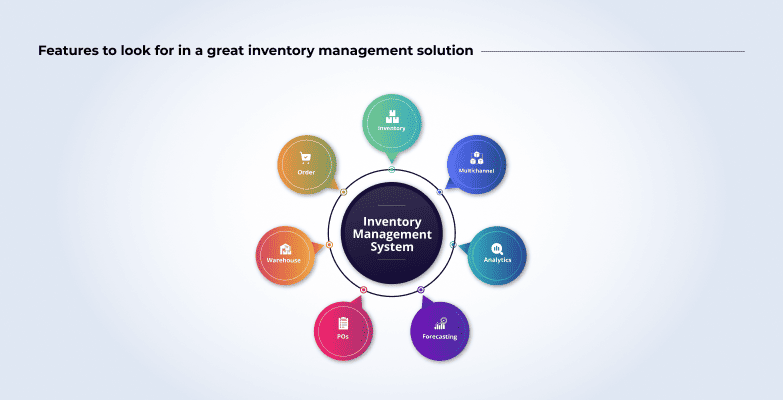
In short, inventory management software is a growth engine for businesses. You will witness the results after switching from manual systems or outdated platforms to software. But how to choose the right one? Let us explain.
- User-friendly interface: First of all, select one with a user-friendly interface. Your inventory software should be intuitive and easy to handle. An outdated system can slow down your work and cause errors. Look for dashboards with visual indicators such as stock levels, alerts, etc.
- Custom reorder rules: Custom reorder rules are important because not every item will be sold the same way. You can set custom thresholds based on product type, seasonality, or sales patterns. Look for one that has the option to set the minimum/maximum stock levels per item. So that you can adjust the reorder based on recent sales.
- Supplier integration: A great system doesn’t just tell you what’s low but helps you restock it quickly. Supplier integration allows faster procurement and fewer errors in purchase orders. Look for such a system that alerts you to delayed or partial deliveries.
- Reports & analytics: A good system provides reports & analytics to help you understand performance and make smarter stocking choices. It includes sales and inventory reports, forecasting tools and custom reports for top-selling items, low performers, and more.
- Mobile accessibility: Finally, you should be able to access it via your phone. Mobile accessibility can be achieved by having a fully functional mobile app. You should be able to check stock, reorder items, and respond to alerts.
Every stockout is a missed opportunity to grow your brand, build trust and win loyal customers. When your best sellers are unavailable, all the effort you put into goes waste. You lose sales, your customers get frustrated and they go to your competitors. Your brand reputation takes a hit at this point. But you can fix all of this using the right inventory management software provided by us. Track stock and automatically reorder before your products run out.
Contact us today and schedule a meeting. Let us show you how things work.





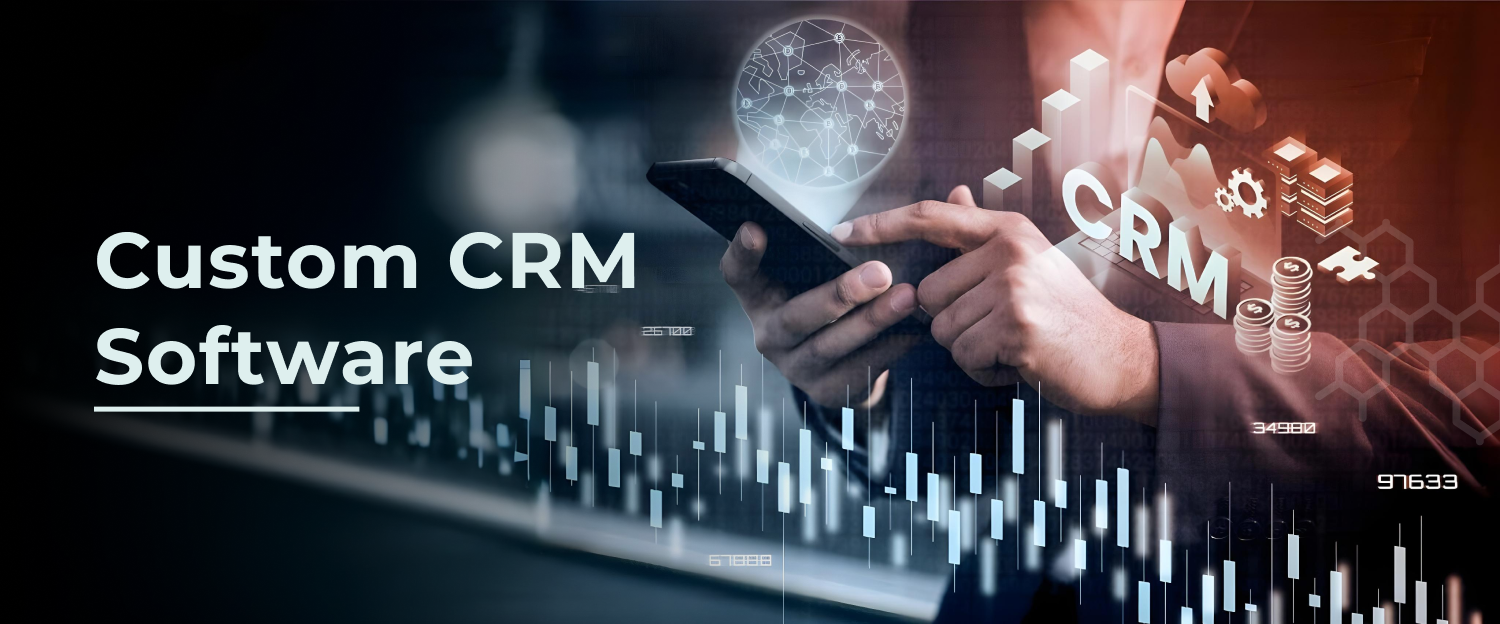




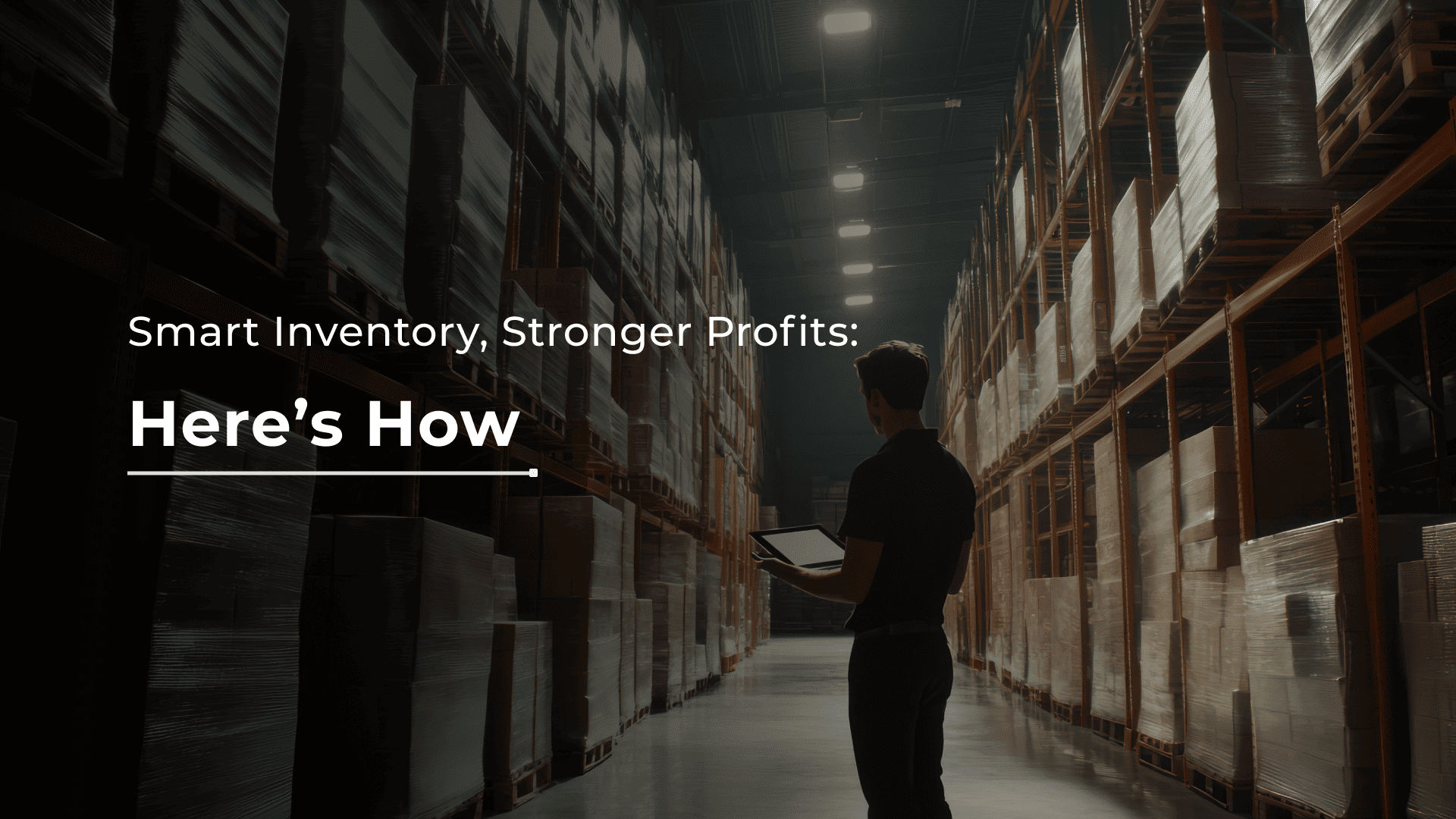













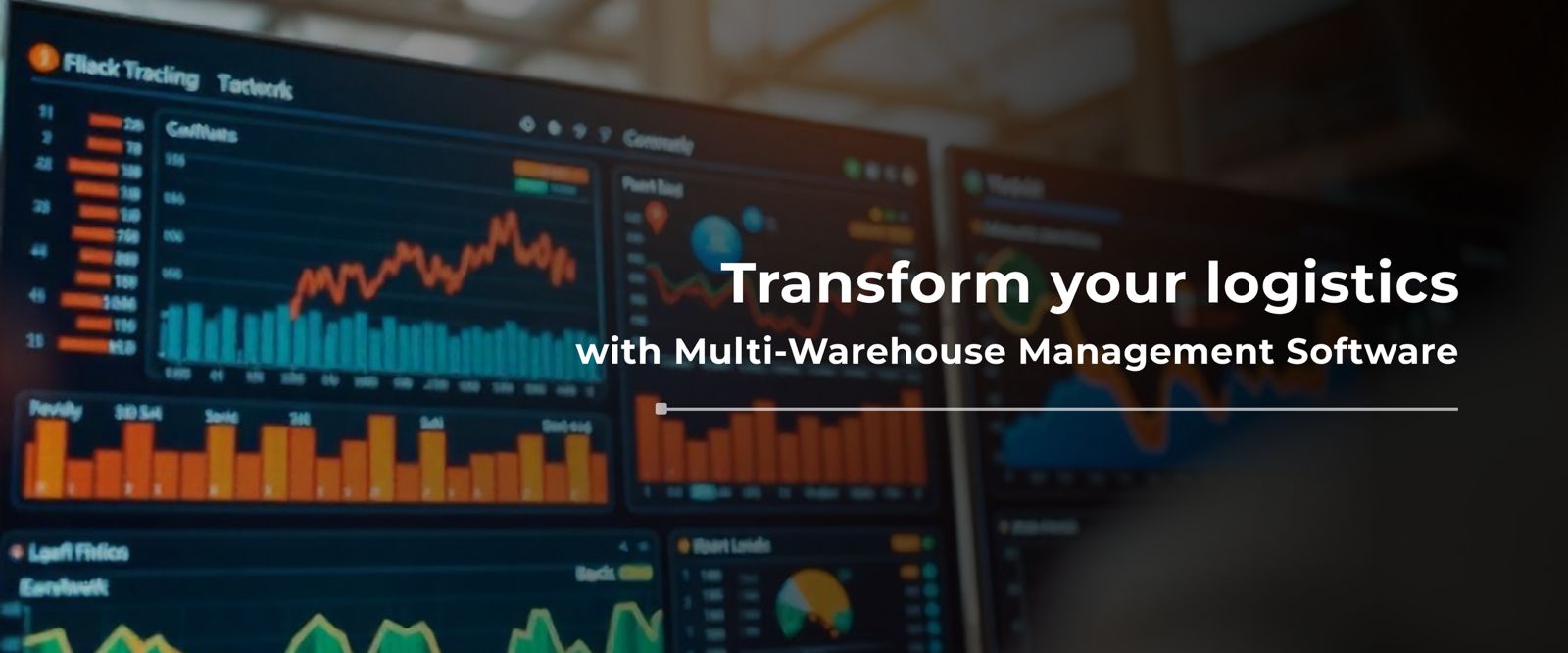





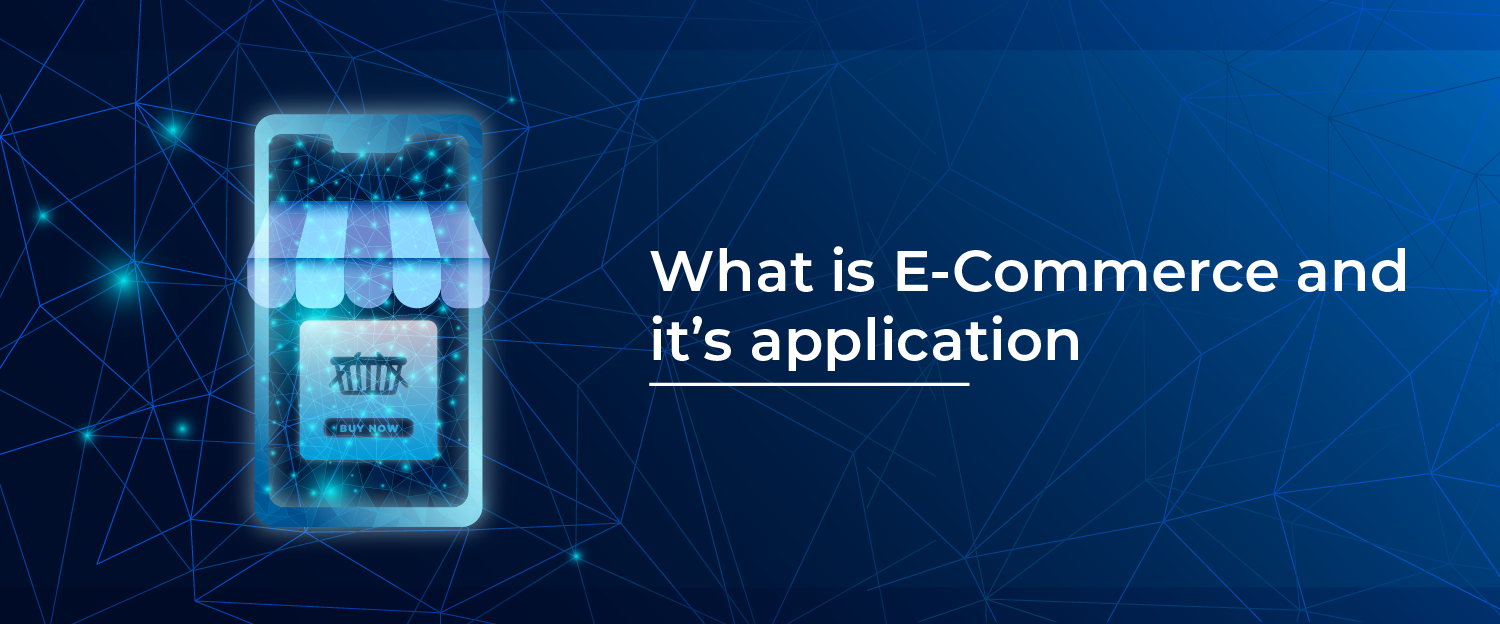




 Talk to our Expert
Talk to our Expert
